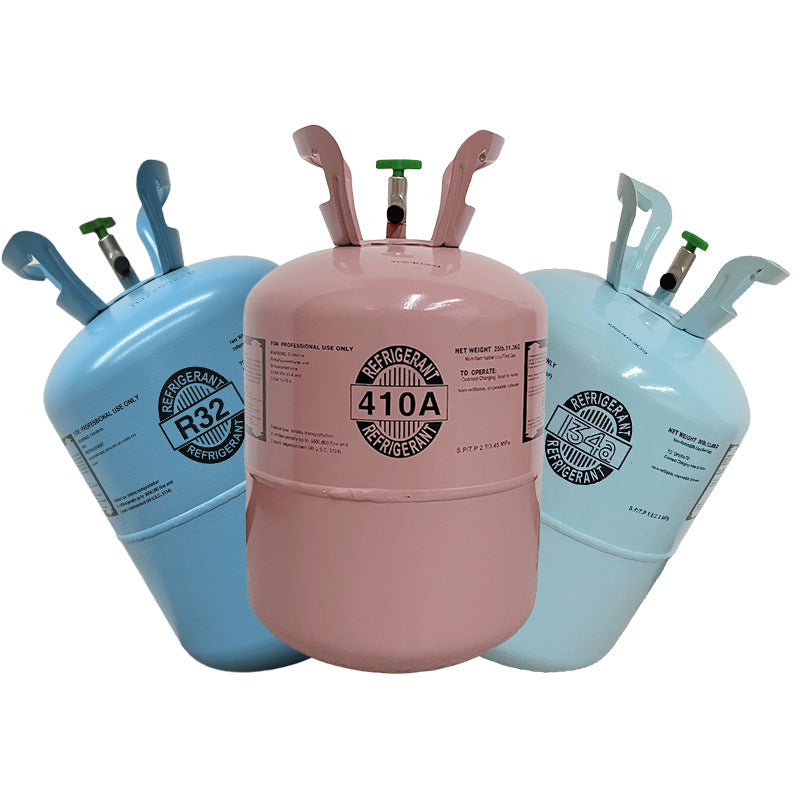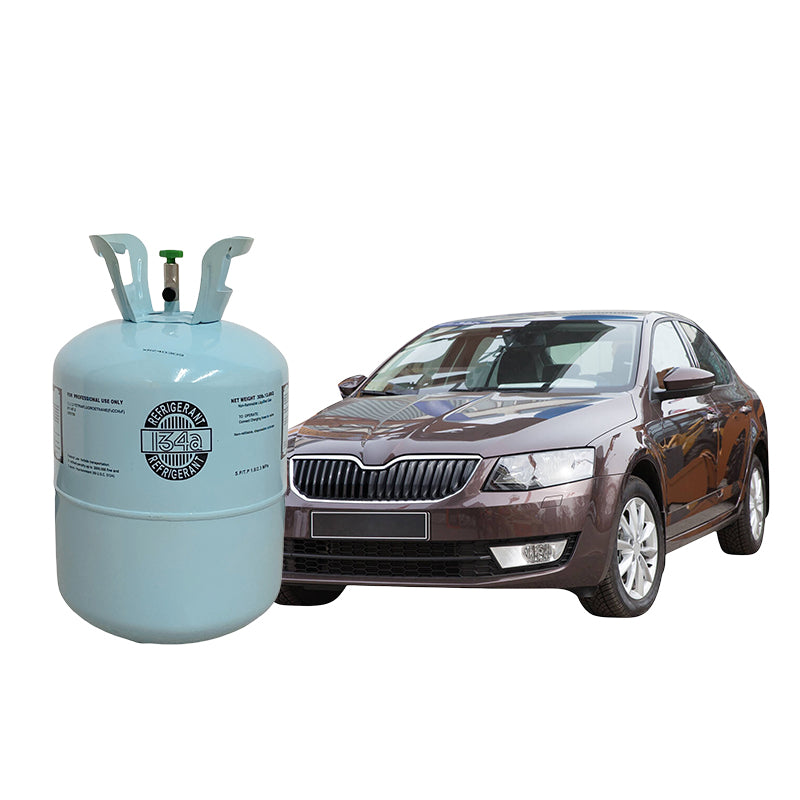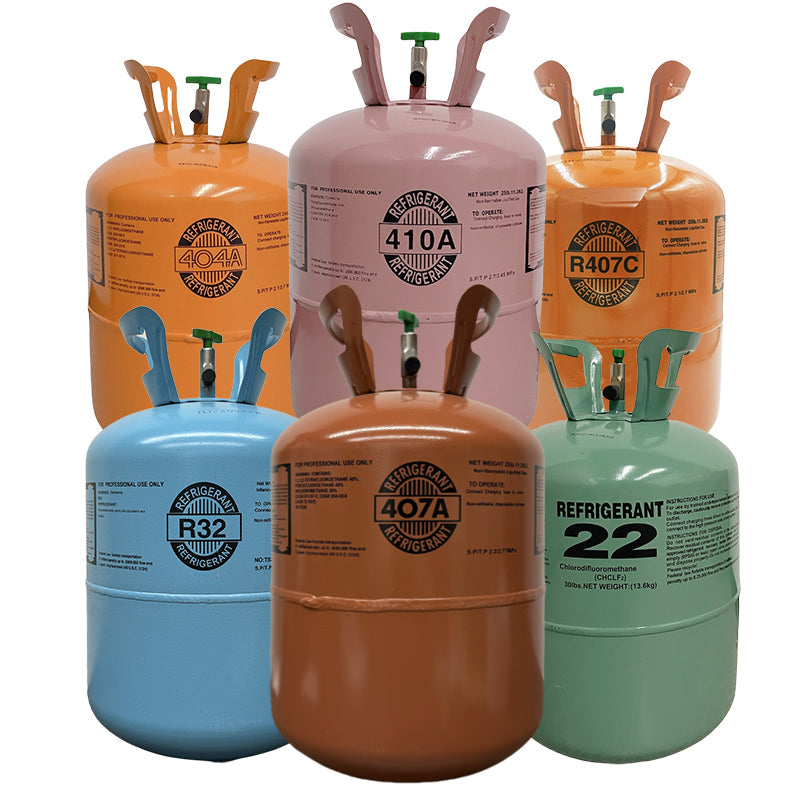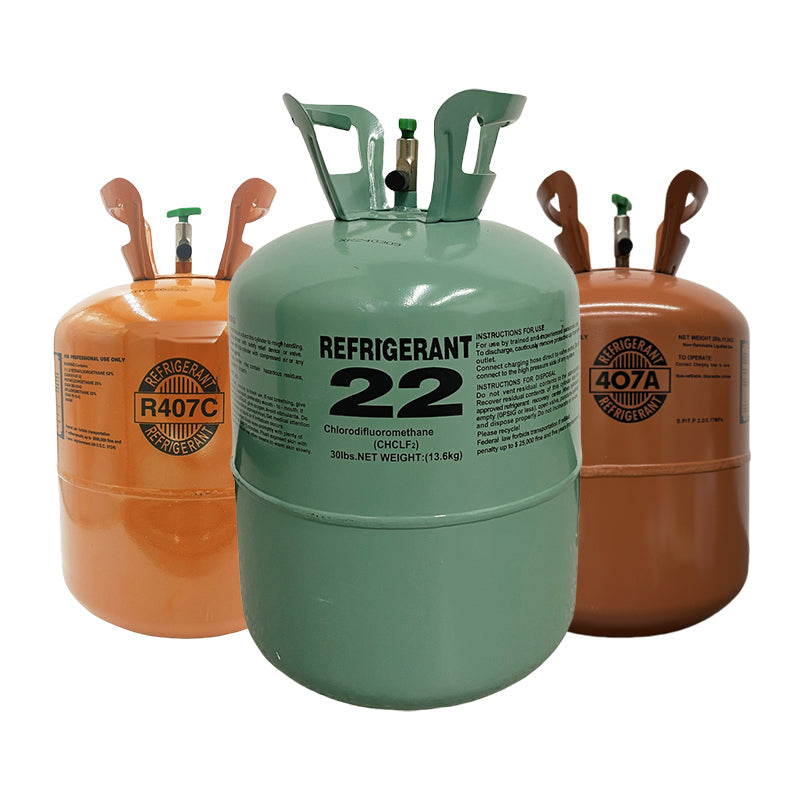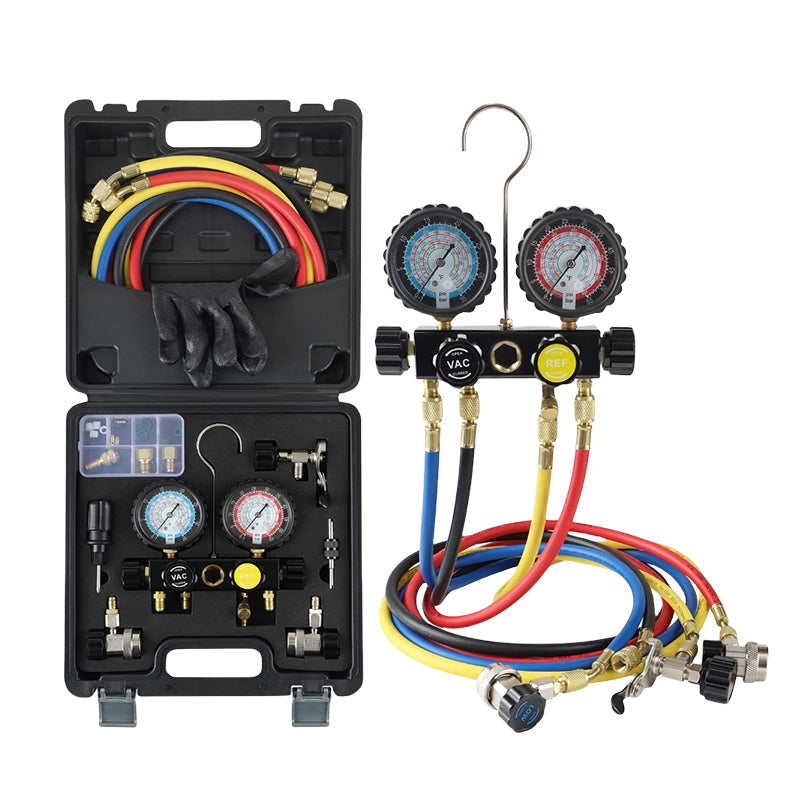Navigating the 2025 EPA Refrigerant Transition: A Technical Guide for HVAC Professionals
Meta Description:
Comprehensive analysis of 2025 EPA refrigerant regulations covering R22, R404A, R407A, and R407C phase-down timelines, compliant alternatives, and transition strategies for HVAC systems.
The 2025 HFC Reduction Mandate: Implications for Refrigeration Systems

In 2025, the Environmental Protection Agency (EPA) will implement the next stage of the AIM Act (American Innovation and Manufacturing Act) refrigerant phasedown—mandating a 60% reduction in hydrofluorocarbon (HFC) production and consumption from baseline levels.
This pivotal milestone represents both a regulatory challenge and a strategic opportunity for HVAC and refrigeration professionals managing legacy systems dependent on high-GWP refrigerants such as R22 and R404A. Transitioning toward R407C, R407A, and emerging low-GWP alternatives will be key to maintaining compliance, performance, and cost control.
Regulatory Timeline and Compliance Thresholds
- 2025 Implementation: 40% additional reduction in allowable HFC production
- Affected Sectors: Commercial refrigeration, air conditioning, industrial cooling, and process systems
- Enforcement Mechanisms: EPA refrigerant tracking, quota enforcement, and graduated penalties for non-compliance
Technical Analysis of Targeted Refrigerants

R404A: The Most Impacted Refrigerant
Application Profile:
Widely used in medium-temperature commercial refrigeration (e.g., supermarkets, display cases, and food service equipment).
2025 Status:
Facing a 40% reduction in production due to its Global Warming Potential (GWP) of 3922.
System Impact:
- Expected 25–35% cost increase for remaining inventory
- Retrofit requirements for alternative refrigerants (e.g., R407A or R448A)
- Potential compatibility challenges with existing compressors and lubricants
R22 Systems: Maintenance vs. Replacement Decisions
Although R22 production was banned in 2020, an estimated 3 million R22 systems remain in service. The EPA allows continued operation using existing or reclaimed supplies, but long-term strategies favor retrofit or replacement with compliant alternatives.
Regulatory Options:
- Continue using existing R22 stocks
- Service systems with reclaimed R22
- Convert to approved substitutes (e.g., R407C)
Performance Comparison:
| Parameter | R22 | R407C |
|---|---|---|
| GWP | 1810 | 1774 |
| Pressure Profile | Standard | +10–15% |
| Oil Requirement | Mineral | POE |
| Capacity | Baseline | 95–98% |
| Efficiency | Baseline | Comparable |
Transition Pathways for Common System Types

1. Commercial Air Conditioning (R22 Replacement)
R407C is the leading transitional refrigerant for R22 air conditioning systems due to its similar thermodynamic behavior and minimal retrofit requirements.
Advantages:
- Close performance match to R22
- Minor system modifications required
- Broad industry adoption and supply availability
Conversion Protocol:
-
Fully evacuate the system
-
Replace mineral oil with POE oil
-
Verify component and seal compatibility
-
Recharge, test, and optimize performance
2. Medium-Temperature Refrigeration (R404A Replacement)
R407A offers a practical path for walk-in coolers, display cases, and process cooling systems transitioning from R404A.
Key Performance Benefits:
- 5–7% higher capacity compared to R404A at medium temperatures
- Lower discharge temperature, enhancing compressor reliability
- Reduced wear and extended service life
Implementation Considerations for Contractors

Inventory Management
- Prioritize phase-out of high-GWP refrigerants
- Build verified supply chains for compliant alternatives
- Implement digital tracking systems for refrigerant usage
Technical Service Readiness
- Upgrade recovery and charging equipment for new refrigerant blends
- Train technicians on safe handling and retrofitting procedures
- Maintain detailed conversion documentation for regulatory compliance
Customer Communication
- Educate clients on EPA timelines and penalties
- Provide total cost of ownership (TCO) analysis
- Set performance expectations for retrofitted systems
- Clarify warranty implications for conversions
Emerging Industry Trends
Beyond 2025: The Next Phase
- 2029 Target: 70% HFC phasedown milestone
- Development of low-GWP refrigerants such as A2L-class blends
- Increasing state-specific regulations (e.g., California CARB, Washington Ecology)
Market Dynamics
- Continued refrigerant price volatility
- Equipment manufacturers shifting to A2L-ready platforms
- Expansion of recycling and reclamation infrastructure
Key Takeaways
- 2025 marks a pivotal compliance year for HFC management under the AIM Act.
- R407C and R407A provide effective interim solutions for existing R22 and R404A systems.
- Early inventory and training investments will help contractors stay competitive.
- The industry’s long-term focus is transitioning toward ultra-low-GWP and natural refrigerants by 2030.

